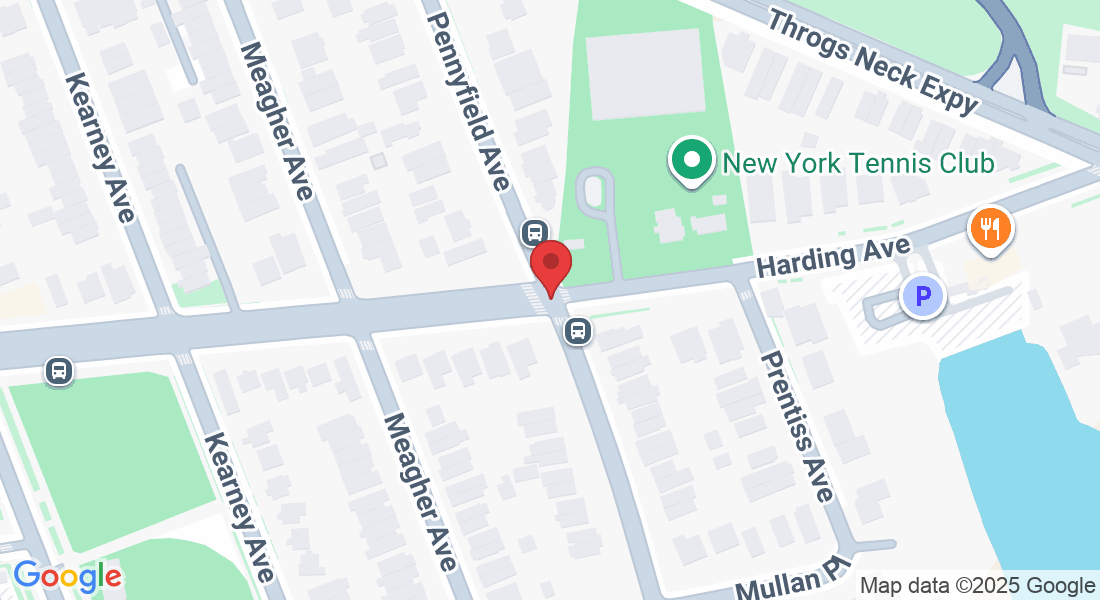
Edge Weapon Control System Instructor Course
PPCT Edge Weapon Control System
Designed to meet the needs of students who are confronted by a spontaneous knife assault and unable to retrieve a weapon. It is based upon a realistic, yet highly aggressive, check-and-stun philosophy that employs gross motor skills that are compatible with the effects of survival stress. It reviews the fundamentals of basic knife systems; reviews the common grips, types of strokes, and lines of attack; and reviews defense strategies for both stalking assaults and spontaneous assaults inside the reactionary gap.
Course Goals:
To examine survival learning research and design methods for spontaneous knife defense systems.
To identify the primary and secondary methods of offensive knife strategies.
To teach the PPCT Spontaneous Knife Defense System and training methodology.
To refine student technique to the instructor level.
To teach instructional methods designed to enhance a student’s ability to learn survival techniques, increase his/her confidence level, and assist in the successful application of physical techniques.
Course Topics:
Use of Force Human Factors
This section examines survival stress research and provides students with information that will enhance their
survivability in combative situations and recommendations regarding issues related to critical incident
management.
Instructor Development and Training Protocols
This chapter reviews instructional methods designed to enhance a student’s ability to learn survival techniques, increase is/her confidence level, and assist in the successful application of physical techniques. This chapter introduces PPCT training protocols, certification procedures, course protocols, and classroom safety concerns.
Use of Force Human Factors
This section examines survival stress research and provides students with information that will enhance their
survivability in combative situations and recommendations regarding issues related to critical incident management.
PPCT Control Principles
This section introduces the training principles that form the foundation on which all PPCT training systems are
based. Topics discussed include components of acceptability, the PPCT Resistance/Control Continuum,
common types of resistance, principles of controlling resistive behavior, survival reaction time, the reactionary
gap, and tactical positioning.
Principles of Edged Weapon Assaults
This section examines various philosophies regarding the tactical use of a knife as a lethal weapon. It explores the historical perspectives of the evolution of combat knife systems, including the influence of the Sykes/Fairbairn World War I system, the influence of Filipino knife training, and the current view of military
special operations units.
Vital Edged Weapon Targets
This section discusses facts about human incapacitation resulting from a knife attack, and examines the difference between fatal cuts and cuts that will immediately immobilize a subject. This section also provides a foundation for the design methodology of the PPCT Spontaneous Knife Defense System.
Fundamentals of Knife Martial Arts
The effectiveness of any knife defense system is based on the student’s knowledge of how a knife can be
used offensively. This section reviews the fundamentals of basic knife systems and includes an overview of
common grips, types of strokes, and lines of attack.
PPCT Spontaneous Knife Defense System
This section introduces the PPCT Edge Weapon Control System, based on a check, stun, and control principle that allows the student the option to disengage to cover or to follow-up for restraint and control. Defense strategies for both stalking assaults and spontaneous assaults inside the reactionary gap are presented.
Have Questions?
Get In Touch
Email: [email protected]
School Address
2301 Yates Avenue, Bronx, NY 10469
Mailing Address
P.O. Box 91, Throggsneck Station, Bronx, NY 10465
Classes:
Tuesdays 7:00 - 8:30 pm
Saturdays 10:00 - 12:00 pm
Phone Number:
